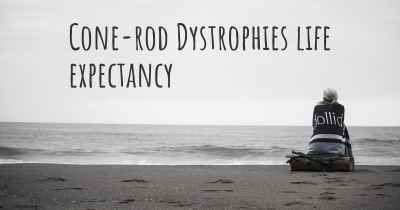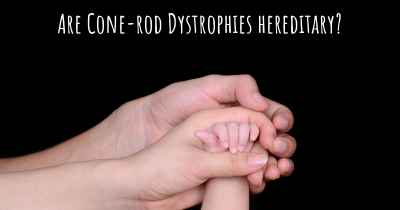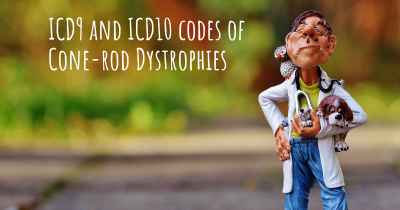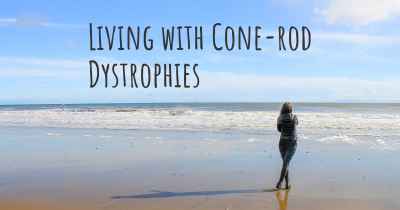Are Cone-rod Dystrophies contagious?
Are Cone-rod Dystrophies transmitted from person to person? Are Cone-rod Dystrophies contagious? What are the routes of contagion? People with experience in Cone-rod Dystrophies help solve this question.
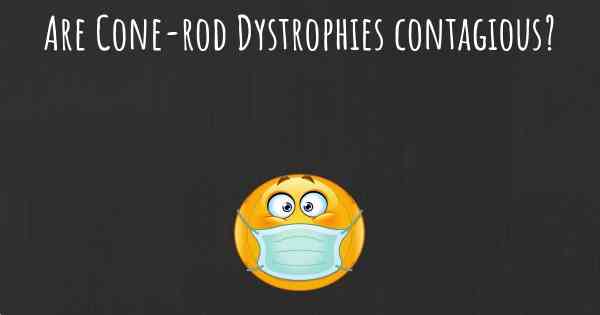
Cone-rod dystrophies are not contagious. They are a group of genetic disorders that affect the cells in the retina, leading to vision loss. These conditions are inherited and caused by mutations in specific genes. Cone-rod dystrophies are not caused by viruses, bacteria, or any other infectious agents, so they cannot be transmitted from person to person. If you suspect you or someone you know has cone-rod dystrophy, it is important to consult with a healthcare professional for proper diagnosis and management.
Are Cone-rod Dystrophies Contagious?
Cone-rod dystrophies (CRDs) are a group of inherited eye disorders that primarily affect the cone and rod cells in the retina. These conditions can lead to progressive vision loss and impairment. However, it is important to note that cone-rod dystrophies are not contagious.
CRDs are caused by genetic mutations that affect the functioning of the cone and rod cells in the retina. These mutations can be inherited from one or both parents, or they can occur spontaneously. The specific genetic mutations associated with cone-rod dystrophies can vary, leading to different forms and severities of the condition.
Contagious diseases are those that can be transmitted from one person to another through direct or indirect contact. They are typically caused by pathogens such as bacteria or viruses. However, cone-rod dystrophies are not caused by pathogens and cannot be transmitted from person to person.
While cone-rod dystrophies are not contagious, they can be hereditary. This means that individuals with a family history of cone-rod dystrophies are at a higher risk of developing the condition themselves. Inheritance patterns can vary depending on the specific genetic mutation involved, and genetic counseling can help individuals understand their risk and make informed decisions.
Early detection and diagnosis of cone-rod dystrophies are crucial for managing the condition and preserving vision. Symptoms of CRDs can include decreased visual acuity, color vision abnormalities, sensitivity to light, and difficulty seeing in low light conditions. If you or a loved one experience any of these symptoms, it is important to consult with an ophthalmologist or a retina specialist for a comprehensive eye examination.
Although there is currently no cure for cone-rod dystrophies, treatment options focus on managing symptoms and slowing down the progression of vision loss. This can include the use of visual aids, such as glasses or contact lenses, to improve visual acuity. Additionally, low vision rehabilitation programs can help individuals adapt to their changing vision and maintain independence.
Research is ongoing to better understand the underlying causes of cone-rod dystrophies and develop potential treatments. Gene therapy, for example, shows promise in targeting specific genetic mutations associated with CRDs. Clinical trials are being conducted to assess the safety and efficacy of these emerging therapies.
In conclusion, cone-rod dystrophies are not contagious. They are inherited genetic disorders that affect the cone and rod cells in the retina, leading to progressive vision loss. Early detection, diagnosis, and appropriate management are essential for individuals with cone-rod dystrophies to maintain their visual function and quality of life.
